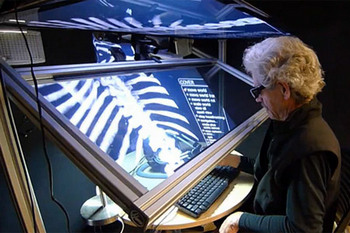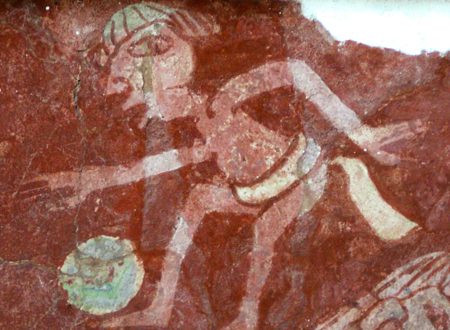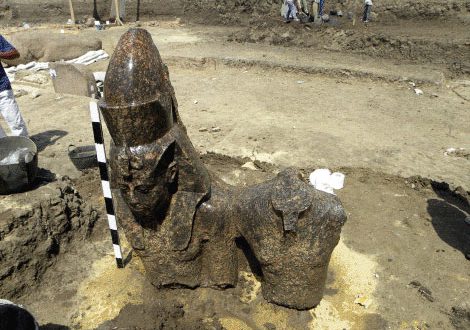 A dig in search of Anglo-Saxon skeletons has instead unearthed signs of a sprawling Roman settlement. The discovery was made last week, on the grounds of Cambridge’s Newnham College.
A dig in search of Anglo-Saxon skeletons has instead unearthed signs of a sprawling Roman settlement. The discovery was made last week, on the grounds of Cambridge’s Newnham College.
Evidence of a 16th or 17th century farmhouse that could date back to the reign of Henry VIII was unearthed at the site as well.
“We knew there was a Roman settlement here before but we had no idea of the size,” said Dr Catherine Hills.
“The village has been buried under the gardens for nearly 2,000 years, and may have seen the Roman conquest of Britain and Boudicca’s revolt. The 16th-century farmhouse was a complete surprise.”
The site first became of interest in the late 1930s when excavations for World War II air raid shelters lead to the discovery of five skeletons. Back then, archaeologist Dorothy Garrod and a team of women from the college excavated the graves using dessert spoons and toothbrushes.
After the war, the air raid shelters were covered with soil and the exact location of the graves was lost. But when Dr Hills heard about the story, she was keen to find out more about the mysterious skeletons.
Dr Hills and fellow archaeologists Carenza Lewis saw an opportunity to involve schoolchildren in the hunt for the skeletons, using the excavation to demonstrate the excitement of archaeology and the fun of studying in a Cambridge college.
They invited 20 sixth-form girls from schools in Peterborough, London and Birmingham to help them carry out the dig (more photos from the dig on the university’s Flickr stream).
No mysterious Anglo-Saxon skeletons were unearthed this summer, but the consolation prize was definitely worth the excavation exercise.
The dig revealed large amounts of Roman pottery, enough to convince Dr Hills and Dr Lewis that they dug through to the remains of a 2,000-year-old settlement.
This is significant as it suggests that the Roman presence at Newnham was far more considerable than previously thought.
East Anglia is rich in Roman and medieval remains just waiting to be discovered. People threw away a lot of rubbish, and their old pottery and animal bones are now allowing archaeologists to discover the existence of entire villages, said Dr Lewis.
We are starting to realise the huge extent of Roman settlement around this area.





